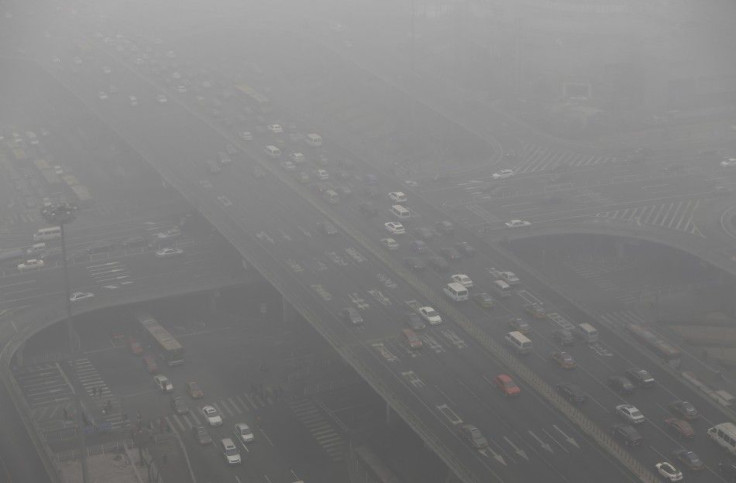Global Warming: Millions to Die from Worsening Air Pollution, Smog; India Most at Risk

The worsening quality of air around the world is set to become the leading cause illness and death of over half of the world's population by end of the century, a study published in Nature Climate Change said.
Smog caused by climate change that give off stagnant "dead" air will lead to the illnesses and deaths of 55 per cent of the world's population by 2099.
India, Mexico and the western US are the highest at risk from these "atmospheric stagnation events".
Read: Global Warming: Study Says Airline Flight Re-Rerouting May Lower Aircraft Contributions
"Large swathes of India, Mexico and the Amazon could see up to 40 more stagnant air days per year compared to the average annual tally from 1986 to 2005, representing increases of 40 per cent, 19 cent and 28 cent respectively," portal nature.com said.
The three areas were most noted in the study because of the intersection of large populations and increases in the persistence of stagnation events.
Read: Climate Change: Pioneering Radar Technology Discovers Refrozen Water at Base of Greenland Ice Sheet
Scientists defined such atmospheric stagnation events as a serious pollution threat, in which an air mass remains over an area for an extended period. The effect can lead to soaring rates of heart and lung disease.
"The potential public health impact increases as the duration of stagnation events lengthens," US scientist Dr Daniel Horton, from Stanford University, wrote in the journal Nature Climate Change.
Read: Climate Change: Countries that Contributed Less are Most Vulnerable; Top Three are Cambodia, Vietnam, Bangladesh; Australia is 31st Least Affected
"Multi-day stagnation episodes can lead to prolonged hazardous air exposure associated with extreme air pollution, severe outbreaks of acute cardiovascular and respiratory illness, and increased incidence of mortality."
According to the World Health Organisation, in 2012, at least 3.7 million people died prematurely around the world because of air pollution impacts. Outdoor air pollutants are a major contributor to stroke, heart disease, lung cancer and respiratory diseases including asthma.
Read: Rising Global Warming Speeds Up Carbon Dioxide Emissions of Ocean Waters
"Considering the strong links between air stagnation, air quality and public health impacts, our results suggest that continued increases in greenhouse gas concentrations are likely to alter the atmosphere in ways that impact efforts to protect public health."




















